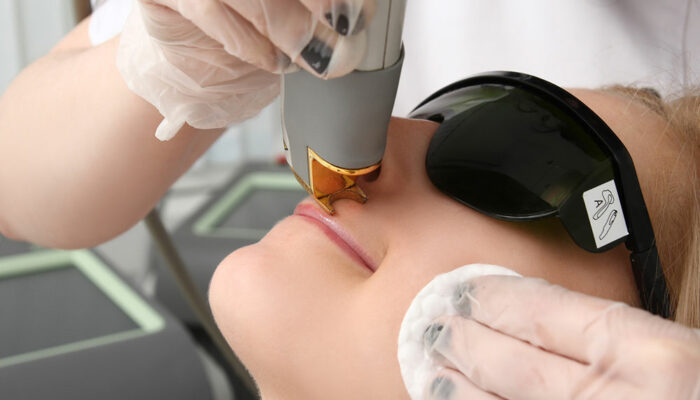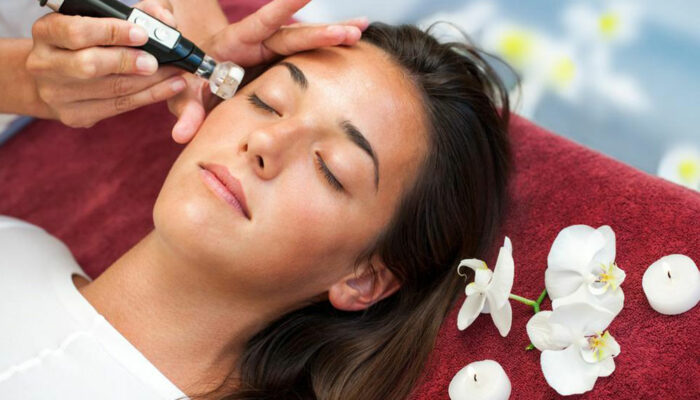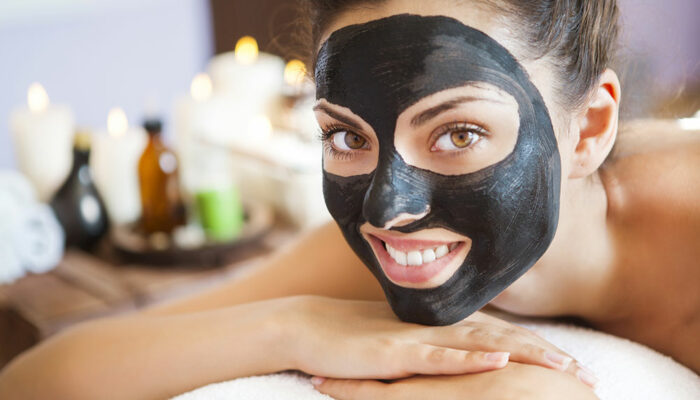
A Basic Guide to Blending Eyeshadow
Eyeshadow is now an integral part of everyday makeup routines. Gone are the days when they would be used only for special occasions, most people now wear them on most days to give their appearance that bit of pop. If well put, eyeshadows can lift the whole look up instantaneously. But it is very easy to go wrong while applying this makeup product, and since it is at a prominent place, these mistakes are easily seen. One of the keywords to good eyeshadow application is blending, and this article will tell you all about what it is, and how to achieve it.
1. What is blending?
Blending the eyeshadow is what makes it look like a natural part of the whole look. Without this, the eye makeup will look stark and won’t give you the effect you are trying to achieve. A common mistake people make is to apply their eyeshadow is short strokes. Applying it in sweeping strokes enables you to blend the shades much easier, and makes them look smoother too.
The more you blend the shadow properly, the more seamless the eye makeup looks. Using a flat brush with soft bristles can easily help in doing this work, and in case you think you are unable to blend it properly with just the brush as there is too much product, you can always use an earbud to get the excessive eyeshadow particles on it, before trying again.
Another significant thing that is important to remember is regarding over blending. Excessive blending can lead to a muddy look since it is necessary to blend the harsh lines, but not too much.
2. The transition shade is significant
The transition eyeshadow shade is important as it balances the various shades you want to use for your look. Once you apply the base shade and the color you want to the inner portion of your eye, the next thing to do is simply applying a transition shadow in the crease, and start blending it. This helps in making the shadows look seamless without leaving any harsh lines thus, giving a blended look. While choosing a color, it is important to pick a few neutral shades that are deeper than your natural skin color.
3. Pay attention to the texture and the type
Every single eyeshadow available in the market these days comes in different textures as well as finishes. Starting with creamy to frosty, sparkly to matte, and plenty of others, each of them requires particular blending techniques. In case your eyeshadow has a frosty texture, you must dab just a small portion of it by using the tip of your brush, and blend the remaining with a flat shadow brush to get stunning looking eye makeup and not overdo the glitz. If the product has a creamy finish, you can easily go with normal blending.
4. Determine the eye shape
As eyes aren’t all the same shape, the techniques used to blend the eyeshadow cannot be the same for everyone. People with almond-shaped eyes can use regular blending tips and apply a normal amount of product, whereas individuals with hooded eyes have to work a bit more with the eyeshadow so that their eye makeup can be visible when the eyes are open.



